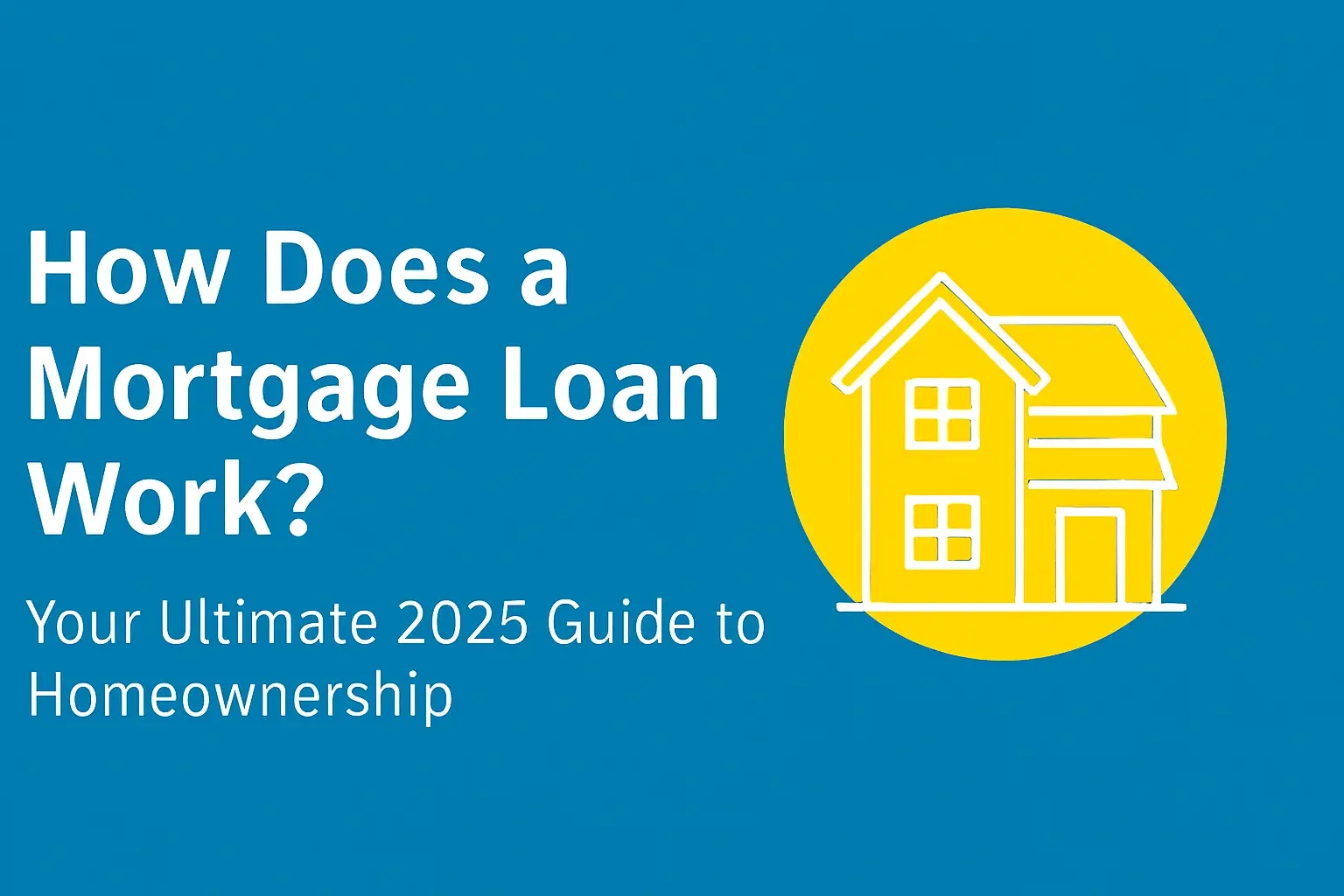-
Posted on: 11 Nov 2025

-
The length, or "term," of a mortgage loan is one of the most fundamental decisions you’ll face as a homebuyer. The mortgage term determines not only the life of your financial commitment but also monthly payments, total interest paid, flexibility, and even your long-term financial strategy.
What Is a Mortgage Loan Term?
A mortgage loan term is the agreed-upon period over which the borrower repays the loan amount plus interest to the lender. Typically, this is set before closing the loan and is specified in years. The most common options worldwide are 15 and 30 years, but lenders often offer terms of 10, 20, 25, and even 40 years.
See More: What is a Mortgage Loan?
Average Mortgage Loan Length: The Global Picture
United States
Standard terms: The most popular are 15-year and 30-year fixed-rate mortgages.
Other options: 10, 20, and even 40-year products exist but are less common.Europe
Most common: 20 to 30 years in countries like the UK, Germany, and France.
Some regions: Mortgages up to 40, 50, or even 60 years (rare), and very occasionally intergenerational mortgages as seen in Switzerland and Japan.India
Tenure typically ranges from 5 to 30 years, with 20-year and 25-year products widely available and flexible options based on borrower profiles.Other Major Markets
Netherlands: A 30-year term is standard, with fixed-rate locks for 10 or 20 years common.Japan, Switzerland: Some products can reach 100 years, designed as intergenerational loans (rare in practice).
The Most Popular Mortgage Loan Terms
Understanding the most widely chosen terms helps frame what’s standard in various real estate markets:
Term Length Typical Use Case Key Features 10 Years Rapid payoff for high-income borrowers Higher monthly payments, lowest total interest 15 Years Balance between time and cost Faster equity, lower interest than 30-year 20 Years Moderate term, moderate interest Lower payments than 15-year; costs less than 30 25 Years Custom product in some markets Rare in the US, common in parts of Europe 30 Years Standard in the US, many countries Lowest payments, highest total interest 40+ Years For affordability, rare in most regions Very low payments, much higher overall interest
How Your Mortgage Loan Length Impacts Your Finances?
Monthly Payments
A longer term spreads repayment over more months, significantly lowering your regular payment. For example, a 30-year mortgage generally has much lower monthly costs than a 15-year mortgage for the same loan amount.Total Interest Paid
Longer terms result in more total interest paid over the life of the loan.
Shorter terms mean higher monthly payments but significant savings on interest.Interest Rates
Short-term mortgages often come with lower interest rates, as lenders face less risk over a shorter time.
Extended terms may carry higher rates, especially for very long loans (40+ years).Building Equity
The shorter the mortgage, the faster you build equity in your home. This is because a greater portion of your payment goes toward principal vs. interest early on with shorter terms.Pros and Cons of Different Mortgage Terms
Here’s a look at short vs. long-term mortgage loans and their impacts:
Feature Short-Term (10–15 yrs) Long-Term (20–40 yrs) Monthly Payment Higher Lower Total Interest Lower Higher Equity Build Fast Slow Rate Type Often lower Sometimes higher Flexibility Less, due to high payments More manageable monthly budget Overall Cost Least over the loan term Significantly more over the long run
Factors Affecting Mortgage Loan Length ChoicesBudget: How much you can comfortably pay each month will determine the ideal term.
Long-Term Plans: If planning to stay long-term, a fixed long-term mortgage offers stability.
Career and Income Projections: Rising income may enable faster payoff (choose a shorter loan).
Interest Rate Environment: During low-rate periods, locking in a longer fixed-rate mortgage can be advantageous; rising rates may favor short terms if refinancing soon.
Loan Type: Fixed-rate vs. adjustable-rate mortgages have different optimal term lengths.
Global Mortgage Loan Term Differences
While the US is known for its fixed 30-year term, other countries offer different products:
In Europe, adjustable-rate loans with 20–30 year terms are most common, with shorter fixed-rate periods (“rate reset” products).
In Asia, longer and intergenerational mortgage options exist, though they are niche.
India and other growing markets now regularly offer 20–30-year terms as lending has become more competitive.
Some mortgage systems favor flexible repayments, more prepayment options, or payment holidays (as in the UK and Australia).
Choosing the Right Mortgage Loan Length for You
Questions to Ask
How much can you safely afford monthly with your current income?
Are you looking to minimize the total interest paid, or to keep payments as low as possible?
Do you anticipate moving or refinancing before the end of the loan term?
How important are rate stability and predictability to you?
Calculator Example
Suppose you’re choosing between a 15-year and 30-year mortgage for a $300,000 loan at 5% interest:
15-year monthly payment: $2,372; Total interest: $127,129
30-year monthly payment: $1,610; Total interest: $279,767
The shorter term costs much less in interest but requires a much higher monthly budget.
Conclusion: The Bottom Line on Mortgage Loan Duration
Choosing a mortgage loan length is a major decision with lifelong ramifications. The most popular option remains the 30-year mortgage in the US, but choices abound, from 10 to even 40 years in some places. Weigh monthly affordability against lifetime interest and personal plans before locking in your term. Consult a mortgage advisor attuned to your market to find the term best suited to both your finances and your future.
null
Faq
Can I Pay Off My Mortgage Early?
Yes, most mortgages allow extra payments or early payoff. However, some products carry prepayment penalties, so always check your loan agreement.
Do All Countries Have 30-Year Mortgages?
No, 30-year fixed mortgages are a US innovation. Other countries may favor shorter terms, adjustable rates, or government-guaranteed products.





